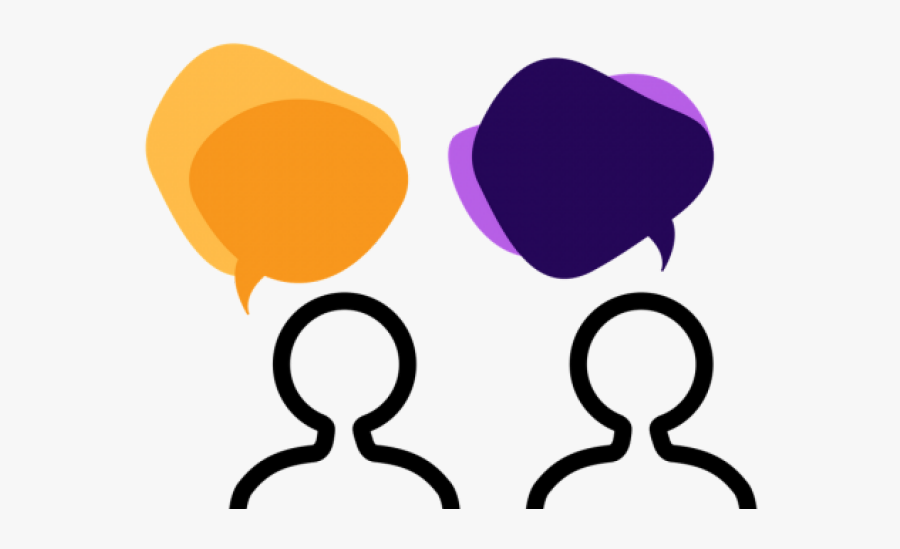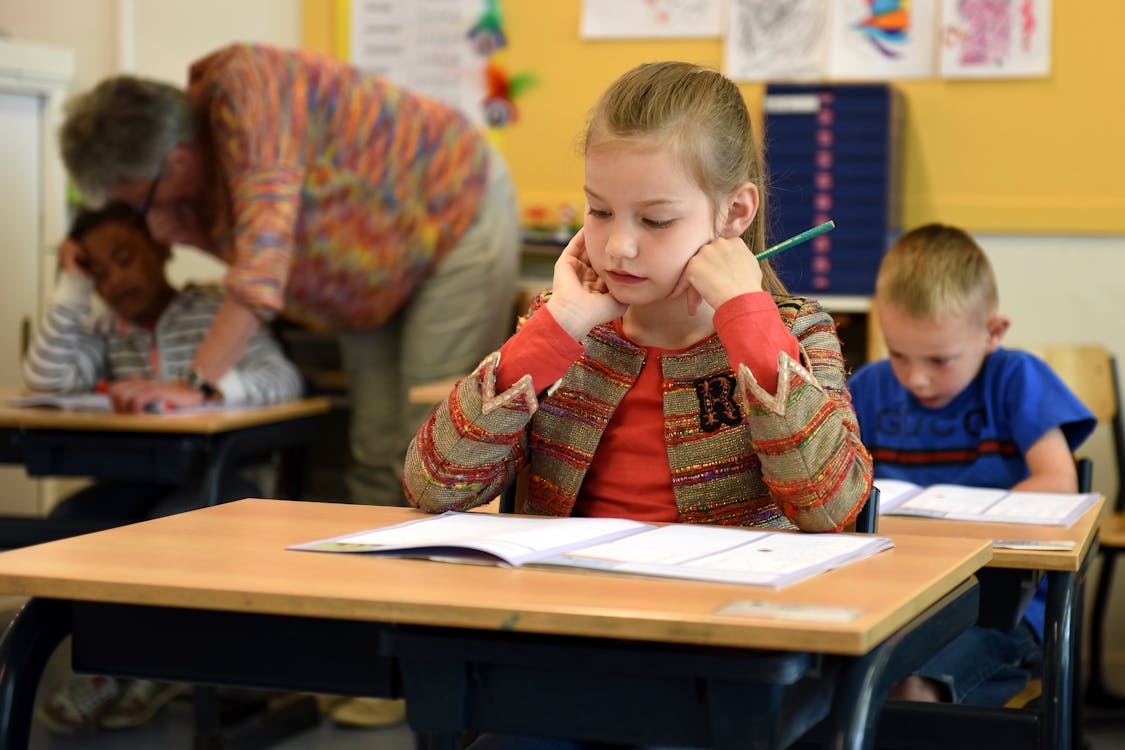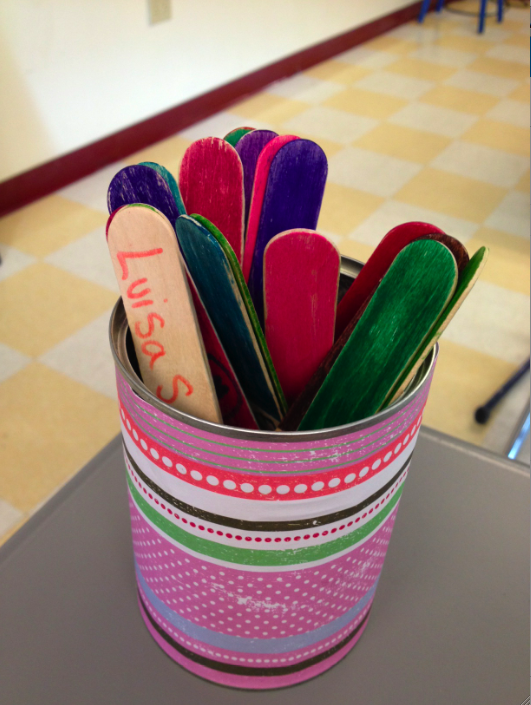“Kenisha . . . uh . . . Wash-ee-nay-tock? Am I close? No? Let me spell it: W, A, S, H, I, N, A, W, A, T, O, K.” Laughing, the teacher continues, saying, “Well, you’ll just have to bear with me. My mouth isn’t made for that.”
“You speak English very well. Did you go through our ESL program?”
“My goodness! It must take you for-EVER to braid your hair like that!”
“Jose, will you translate for your parents?”
Teachers rarely have malicious intent when they say or do something like the above. Yet, any of these can offend a student. These little slips are often meant kindly, or even said to cover up a teacher’s embarrassment, however, they convey something else to THAT student!

These little indignities are called micro-aggressions. They are teeny tiny statements, questions, or behaviors that convey to another that their race, ethnicity, religion, gender, or sexuality is “other”, not “normal”, or at least not mainstream.
For example:
- “Kenisha . . . uh . . . Wash-ee-nay-tock? Am I close? No? Let me spell it: W, A, S, H, I, N, A, W, A, T, O, K.” Laughing, the teacher continues, saying, “Well, you’ll just have to bear with me. My mouth isn’t made for that.”
- I heard this when working on a Native American reservation where most of the teachers were white.
- “You speak English very well. Did you go through our ESL program?”
- An Asian-American told me about a teacher who asked him this. He was born in the US, as were his parents.
- “My goodness! It must take you for-EVER to braid your hair like that!”
- An African-American student told me that a teacher said this to her.
- “Jose, will you translate for your parents?”
- Jose replied, “My folks don’t speak much Spanish, if that is what you are talking about. Our family has lived in the US for several generations.”
Often micro-aggressions use stereotypes to get across the message. When I was a principal, I asked a teacher why she only had boys go to the cooler to get the class’ morning milk – a Wisconsin elementary school staple. “They are used to doing the heavier work,” she said. I reminded her that the boys in this case were six and seven years old, and two of them had to carry the milk crate between them anyway. She thought about it a while and reluctantly agreed that maybe girls could carry the milk to the classroom. She then followed up with, “Do you think it will make the girls . . . well, you know, odd or queer?”
I refrained from rolling my eyes.

These micro-aggressions take on a more sinister edge when the statement or behavior is about a person of color. Even former president Barak Obama recalled walking down the street and hearing people in cars locking their doors, or being followed in a store, ostensibly to prevent a Black man from stealing something.
You may say, “I would never do that!” That’s good, however, a friend who claims she is not a racist recently made a remark wondering how long “we” would be allowed to drink black coffee given “the state of the country right now”. She did not seem to really understand what I was saying when I took exception. It was quite the conversation stopper.
Micro-aggressions may often seem fairly innocuous, yet they are not harmless.
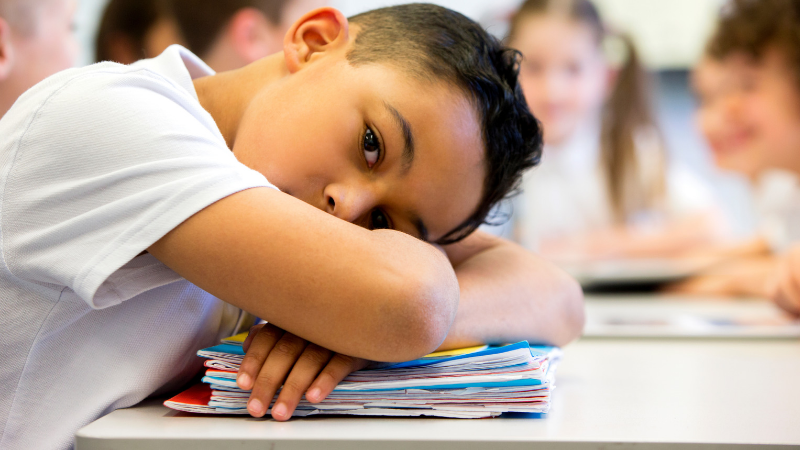
Take humor. Jokes are often used to tell the listener what is and is not acceptable in a particular group. For example, some years ago it was common to tell “queer jokes”, jokes that made fun of homosexuals, transsexuals, or even drag queens. The message to the listener was that if one identified him/herself with that group, s/he would be, at best, the butt of jokes and at worst rejected by the dominate group. The mental violence of such jokes was so great that LGBTQ listeners, or those who were sympathetic, would laugh. Why? They laughed so they would not be classified in the group that was the butt of the joke.
Some of you may be thinking, “But LGBTQ people tell gay jokes, and they laugh.” That can be true, too. Yet, when such jokes are told by members of the non-dominant group, they create a kind of bonding.
For some members of a particular group, slurs will never be acceptable. Yet, others may embrace a term to take the sting out of it, or to reclaim the term for themselves. It is not, however, something that can be used by people who are not in that particular group. No matter how lovingly said, no matter how much it is acceptable to members of the group, it is NOT okay for the dominant group.
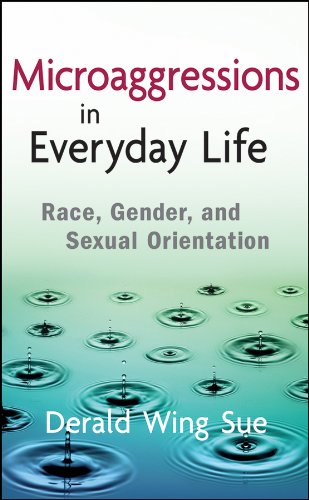
One of the best lists of micro-aggressions I’ve read comes from the University of California at Santa Cruz. It is based on Derald Sue Wing’s book, Microaggressions in Everyday Life: Race, Gender, and Sexual Orientation. One of the things I especially like about it is the column that states the message the particular comment or behavior conveys. The link to that two page PDF file is here: https://academicaffairs.ucsc.edu/events/documents/Microaggressions_Examples_Arial_2014_11_12.pdf and in the “Works Consulted” list at the end of this blog.
We are just about half-way through what would normally be summer break for teachers in the US. I cannot think of a better time to examine our practices and make plans for adopting new ones.
Works Consulted
- Academic Affairs — University of California Santa Cruz. “Tool: Recognizing Microaggressions and the Messages They Send.” University of California Santa Cruz. November 12, 2014. https://academicaffairs.ucsc.edu/events/documents/Microaggressions_Examples_Arial_2014_11_12.pdf (accessed June 30, 2020).
- Collins, Cory. “Is Queer OK to Say? Here’s Why We Use It.” Teaching Tolerance. February 11, 2019. https://www.tolerance.org/magazine/is-queer-ok-to-say-heres-why-we-use-it (accessed June 30, 2020).
- Hegarty, Siobhan. “When the lines between offensive comedy and off-limits jokes are blurred.” ABC Life. May 12, 2019. https://www.abc.net.au/life/knowing-when-comedy-crosses-a-line/11090890 (accessed June 30, 2020).
- Wing, Nik. “Obama Recalls Getting Followed, People Locking Doors On Him — In Other Words, Being A Black Man In America.” Huffington Post. July 7, 2013. https://www.huffpost.com/entry/obama-racial-profiling_n_3624881 (accessed June 30, 2020)

